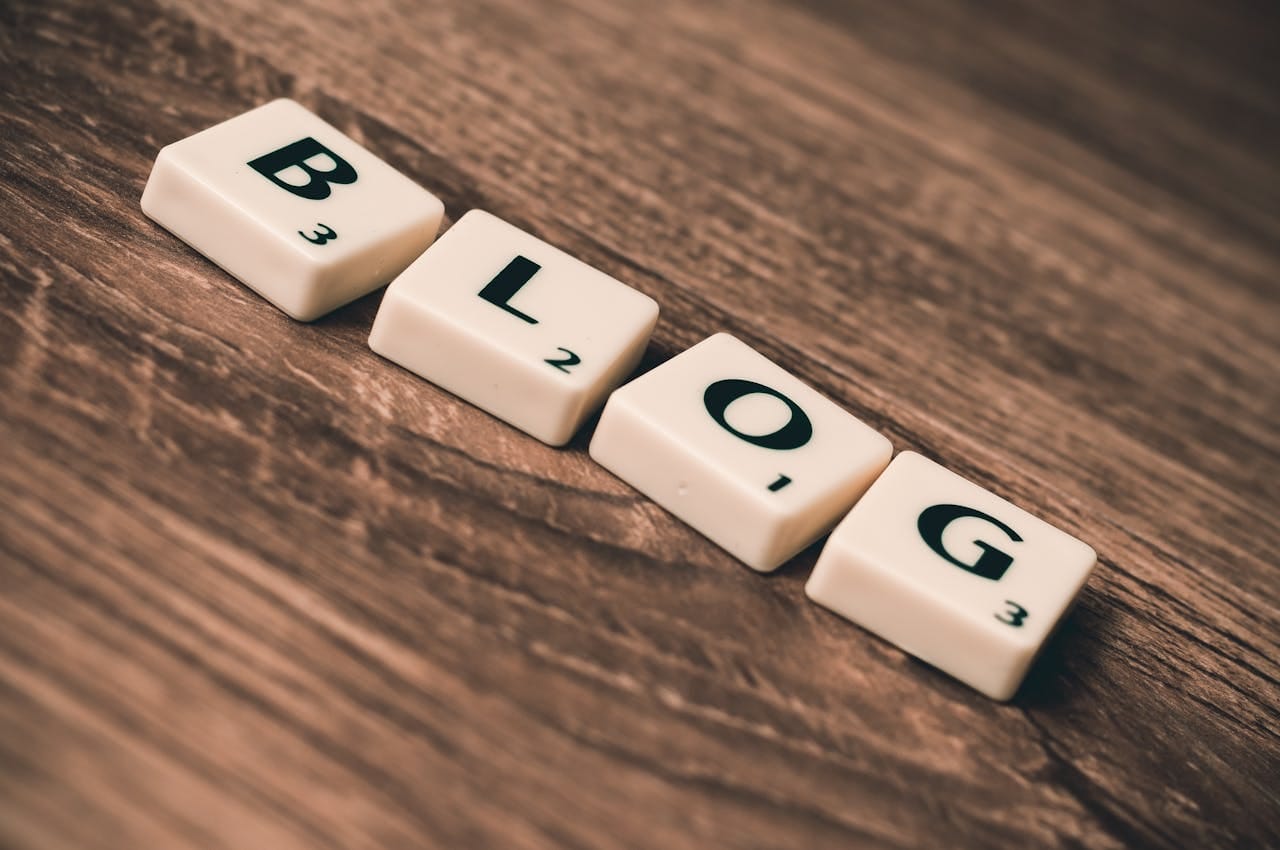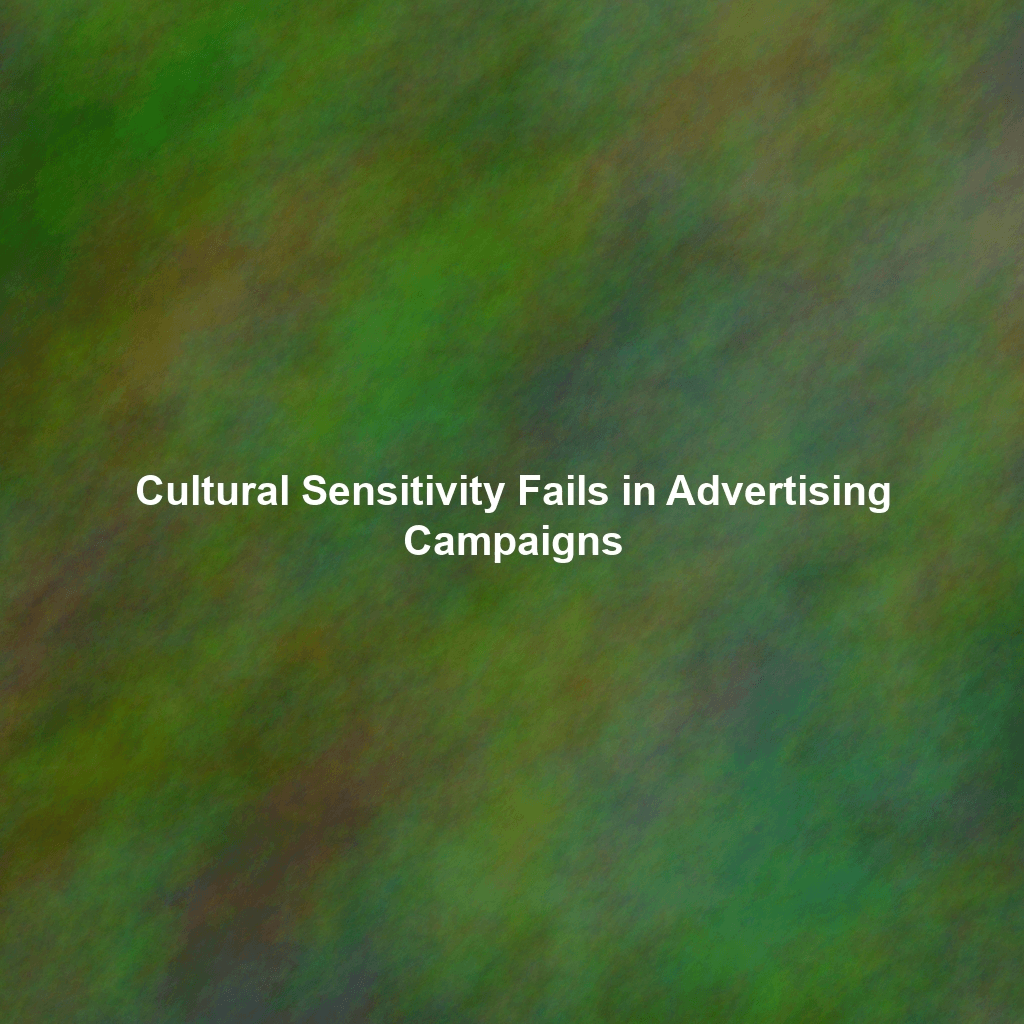Understanding Jungian Archetypes and Their Role in Branding
Carl Jung, the renowned Swiss psychiatrist, identified twelve primary archetypes that represent fundamental human motivations and desires. These archetypes are deeply ingrained in our collective unconscious, resonating with us on a subconscious level. By aligning your brand with a specific archetype, you can instantly communicate your brand’s values, purpose, and personality, creating a strong emotional connection with your target audience.
The 12 Brand Archetypes: A Quick Overview
Here’s a brief overview of the twelve archetypes most commonly used in branding:
- The Innocent: Seeks happiness and paradise (e.g., Dove, Coca-Cola).
- The Regular Guy/Gal: Connects with others, belongs (e.g., IKEA, Budweiser).
- The Hero: Courageous, inspiring, improves the world (e.g., Nike, FedEx).
- The Caregiver: Protects and cares for others (e.g., Johnson & Johnson, Volvo).
- The Explorer: Seeks freedom and self-discovery (e.g., Jeep, The North Face).
- The Rebel: Disrupts the status quo, seeks revolution (e.g., Harley-Davidson, Diesel).
- The Lover: Seeks intimacy and passion (e.g., Chanel, Häagen-Dazs).
- The Creator: Imaginative, innovative, builds something new (e.g., LEGO, Adobe).
- The Jester: Brings joy, lives in the moment (e.g., M&M’s, Old Spice).
- The Sage: Seeks truth and knowledge (e.g., Google, Harvard University).
- The Magician: Transforms and creates wonder (e.g., Disney, Apple).
- The Ruler: Controls and creates order (e.g., Mercedes-Benz, Rolex).
Identifying Your Brand’s Archetype: A Practical Guide
Choosing the right archetype for your brand is crucial for effective storytelling and connection. Here’s a step-by-step guide to help you identify your brand’s core archetype:
- Define Your Brand’s Core Values: What does your brand stand for? What are your guiding principles? For example, is your brand about providing security and stability (Caregiver/Ruler), or about empowering individual expression (Rebel/Creator)?
- Understand Your Target Audience: What are their values, aspirations, and pain points? Which archetype would best resonate with their needs and desires? Consider their age, demographics, and lifestyle.
- Analyze Your Brand’s Personality: If your brand were a person, how would you describe them? Are they adventurous, reliable, sophisticated, or fun-loving? Think about your brand voice, visual identity, and customer service style.
- Examine Your Brand’s Mission and Purpose: What problem does your brand solve? How does it improve people’s lives? This will often point you toward archetypes like the Hero, the Caregiver, or the Creator.
- Consider Your Brand’s Competition: Are your competitors already occupying a specific archetype space? You might choose a different archetype to differentiate yourself or lean into the same archetype to compete directly.
- Use Archetype Assessment Tools: Several online tools and questionnaires can help you assess your brand’s archetype based on your answers to specific questions. Search for “brand archetype quiz” or “brand archetype assessment.”
Building a Narrative Around Your Brand Archetype
Once you’ve identified your brand’s archetype, the next step is to build a narrative that brings it to life. This involves creating stories, content, and experiences that embody the archetype’s values and characteristics. Here’s how:
Crafting Your Brand Story
Your brand story should reflect the journey and values associated with your chosen archetype. For example, if you’ve chosen the Hero archetype, your story might focus on overcoming challenges and achieving success through courage and determination. If you’ve chosen the Innocent archetype, your story might highlight simplicity, optimism, and the pursuit of happiness.
Developing Content That Resonates
All your content, from website copy to social media posts, should be consistent with your brand archetype. Use language, imagery, and themes that align with the archetype’s personality and values. For example, a brand aligned with the Sage archetype might share informative articles and research reports, while a brand aligned with the Jester archetype might use humor and playful content to engage its audience.
Creating Archetypal Visuals
Your brand’s visual identity, including your logo, color palette, and imagery, should also reflect your chosen archetype. For example, a brand aligned with the Ruler archetype might use sophisticated fonts and colors associated with luxury and power, while a brand aligned with the Explorer archetype might use rugged textures and outdoor-themed imagery.
Examples of Brands Successfully Leveraging Archetypes
Several brands have successfully leveraged archetypes to create strong emotional connections with their audience. Here are a few examples:
- Nike (The Hero): Nike’s “Just Do It” campaign perfectly embodies the Hero archetype, inspiring people to overcome obstacles and achieve their athletic goals.
- Dove (The Innocent): Dove’s “Real Beauty” campaign celebrates natural beauty and promotes self-acceptance, aligning perfectly with the Innocent archetype’s focus on purity and happiness.
- Harley-Davidson (The Rebel): Harley-Davidson’s rebellious image and association with freedom and individuality have made it a symbol of nonconformity for generations.
- Apple (The Magician/The Creator): Apple’s innovative products and focus on design and user experience align with the Magician’s ability to transform the world and the Creator’s desire to build something new.
Conclusion: The Power of Archetypal Branding
By understanding and leveraging Jungian archetypes, you can create a brand that resonates deeply with your target audience. Defining your brand’s archetype and building a narrative around it allows you to forge stronger emotional connections, improve brand recall, and ultimately drive greater success. In a world saturated with information, archetypal branding offers a powerful way to cut through the noise and connect with your audience on a fundamental human level.
 Skip to content
Skip to content

